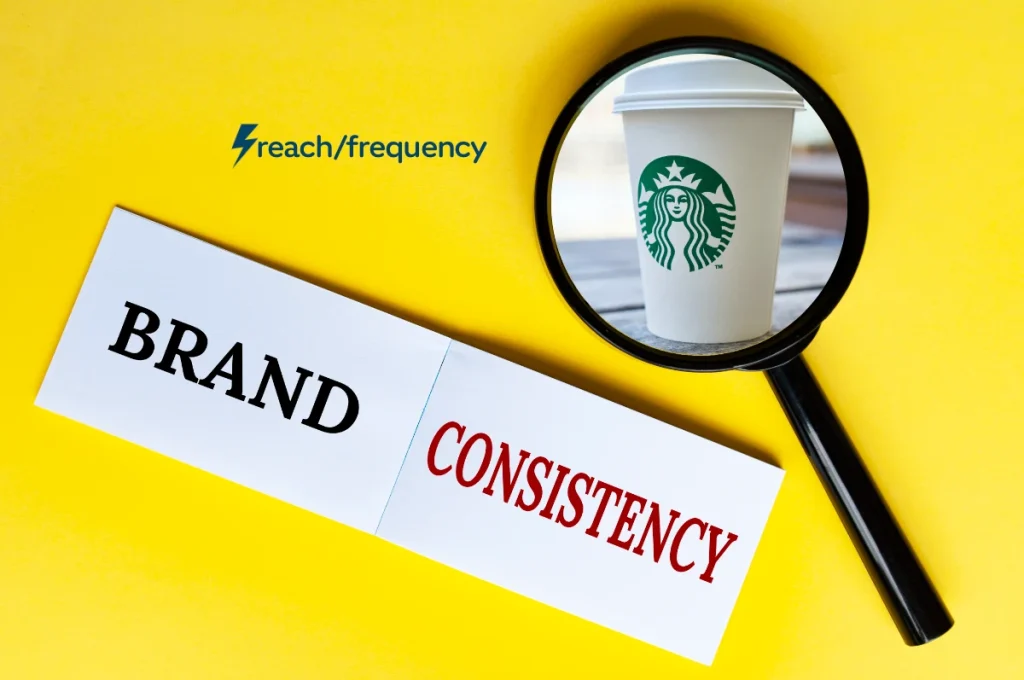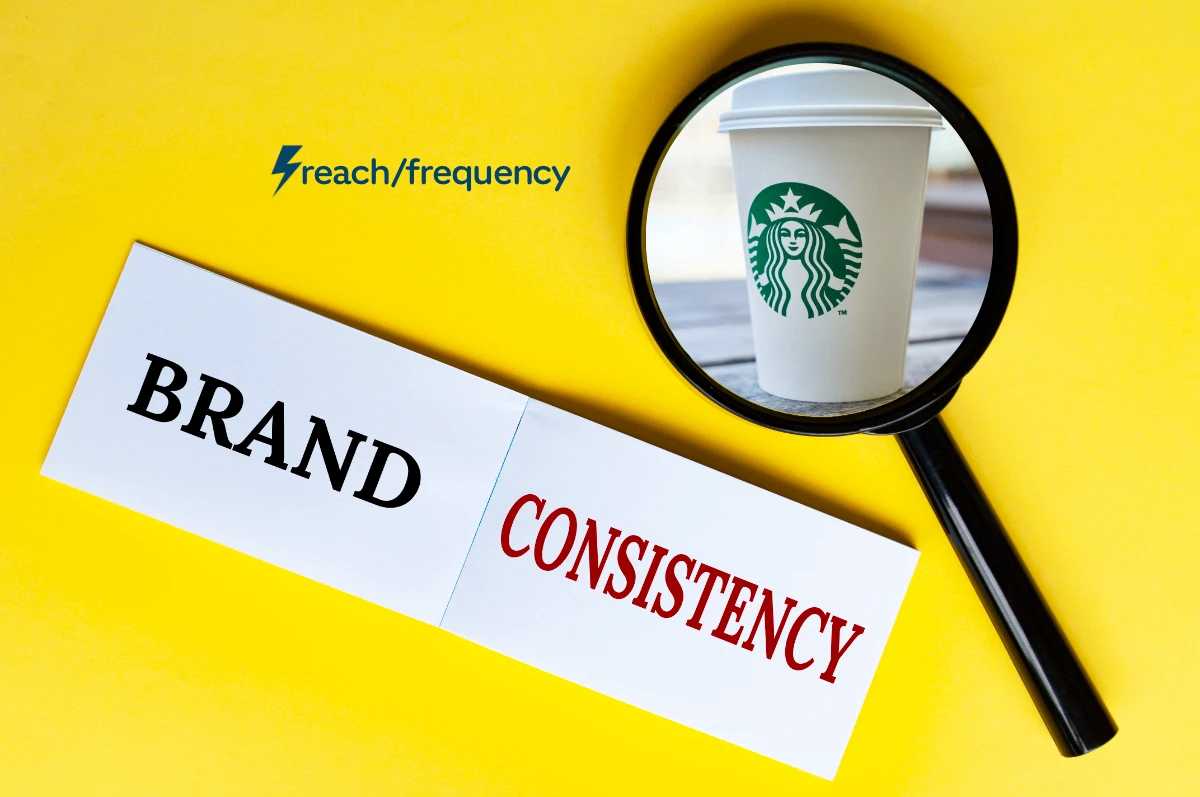The Crucial Role of Brand Consistency
In the ever-evolving world of branding, maintaining a consistent public face is not just beneficial; it’s imperative. At my digital marketing agency, we’ve observed a significant gap in brand consistency, particularly in individual ad campaigns and spin-off pieces. Whether it’s newsletters, email marketing, or employee communications, the devil is often in the details. Minor discrepancies like the wrong typeface weight or a photo reversal might seem inconsequential but can lead to a dilution of your brand’s impact.

Achieving Brand Consistency: A Guide
So, how can you ensure a consistent brand identity across all platforms and materials? It starts with understanding what consistency entails:
- Brand Consistency Defined: It’s about ensuring all your marketing materials and communications consistently reflect your brand’s voice, aesthetics, and values. This uniformity strengthens brand recognition and fosters trust among your audience.
Practical Steps to Maintain Consistency
- Develop Clear Guidelines: Begin with a comprehensive graphic identity guide. For specific campaigns, consider a simplified one-page summary that outlines key elements like typography, color palettes, and tagline placement.
- Collaboration is Key: Agencies and clients must work together closely. By discussing potential in-house projects that may deviate from the campaign, creative teams can tailor guidelines to ensure consistency.
- Educate and Enforce: Clients should understand the rationale behind design choices. This knowledge fosters adherence to guidelines and ensures that every piece of communication reinforces the brand’s values.
Personal and Corporate Brand Consistency
While this post focuses on corporate branding, the principles apply equally to personal branding. Consistency in your personal brand helps in crafting a coherent and memorable identity that resonates with your audience. Whether for a corporation or an individual, the essence of brand consistency lies in the seamless alignment of all forms of communication with the brand’s core values.
Leading by Example: The Power of a Consistent Brand
Consider the world’s most successful brands, such as Apple or Nike. Their branding is not just consistent; it’s iconic. Every product launch, advertisement, and customer interaction is meticulously aligned with their brand identity. This level of consistency amplifies their brand value, making them recognizable and reliable in the eyes of consumers.

Key Takeaways for Ensuring Brand Consistency
- Establish Comprehensive Brand Guidelines: Include specifics for all potential marketing materials.
- Engage in Proactive Communication: Between creative teams and clients to anticipate and guide in-house projects.
- Educate Everyone Involved: From designers to decision-makers, ensuring a deep understanding of the brand’s essence.
In over two decades of leading brands to success, I’ve learned that consistency is not just about repetition; it’s about creating a reliable brand experience that resonates on a personal level with consumers. We champion the cause of brand consistency, providing the tools and insights necessary for businesses to achieve and maintain a strong, consistent brand identity.
By adopting these strategies, your brand can navigate the complexities of modern marketing, ensuring that every piece of communication not only meets the high standards of your brand but also strengthens it. Related: What is Reach and Frequency?
Frequently Asked Questions
Brand consistency refers to the practice of maintaining a uniform appearance, voice, and message across all marketing materials and communications. It is crucial because it enhances brand recognition, builds trust among consumers, and ensures that the brand’s core values are clearly and consistently communicated. A consistent brand is immediately recognizable, making every interaction with the audience more impactful.
Achieving brand consistency involves several key steps:
Developing clear brand guidelines: These should cover all aspects of your brand’s identity, from visual elements like color palettes and typography to the tone of voice used in communications.
Ensuring collaboration between creative teams and clients: Open dialogue about the brand’s vision and how it should be represented in marketing materials is essential.
Educating all stakeholders: Everyone involved in creating and distributing your brand’s materials should understand the importance of consistency and how to achieve it.
Absolutely. Personal branding benefits greatly from consistency, just as corporate brands do. For individuals, consistency in how they present themselves online and offline helps in building a recognizable personal brand. This includes consistent use of visuals, tone, and messaging across all platforms, from social media to personal websites.
Lack of clear guidelines: Without a comprehensive guide, it’s easy for inconsistencies to creep in.
Failing to communicate the importance of these guidelines to all team members: If those responsible for creating brand materials aren’t aware of or don’t understand the guidelines, inconsistencies are inevitable.
Ignoring the evolution of the brand: As brands evolve, so too should their guidelines. Regularly revisiting and updating brand guidelines is crucial.
Consistent Brand Identity doesn’t necessarily require a large budget. Small businesses and startups can:
Start with a simple, well-designed logo and a color scheme that reflects their brand values.
Use free or low-cost design tools that offer templates aligned with their brand aesthetics for creating marketing materials.
Focus on maintaining a consistent tone and style in all written communications, which costs nothing but attention to detail.

